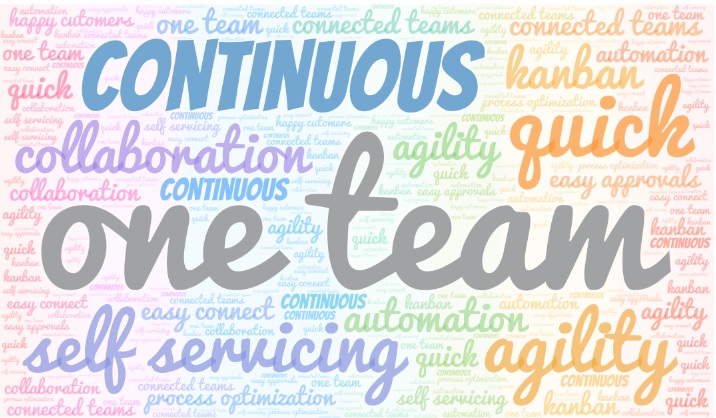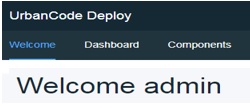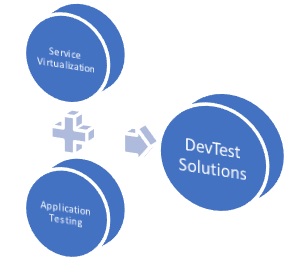In previous chapters we understood how to Install JIRA, Create Projects, Create/Customize workflows, Custom fields and Issues, Dashboards, JQL Queries, Gadgets, APIs, Metrics, Scrum Boards, and Integrations. Lets now look at some Best Practices on using Jira effectively.
Jira and User Setup Practices
- Setup separate JIRA for Development / Test and Production environments. Dev/Test Servers should be used for hands-on and R&D before launching any new changes to the Production Jira instance.
- Setup User Roles and Permissions and assign the same based on user needs.
- Number of Administrators to be kept minimum and as far as possible at an Enterprise level.
Jira Project Practices
- Create Scrum / Kanban Projects based on your need. Follow Scrum for Development Projects and for Teams where the work is Planned. Follow Kanban where work is in Ops mode with continuous demand flow and is adhoc.
- Setup Fields required in your Issue Templates. Some Custom fields can be setup based on your Project needs. Limit your Custom fields and leverage context rather than making redundant fields.
- Configure Issue Templates based on the Project Need as Epic/Feature/User Story/Task/Sub Task/Incident/Service Request/Defect etc.
- Design a Workflow for each/group of Issue Template. Include Approvals Stage in the Workflow to have it being captured in the Issue.
Jira Tracking and Reporting
- Create required Filters from Issues. You can use Basic or Advance view (Using JQL Query) for creating Filters.
- Create Dashboard at a Team/Project/Account Level which is visible to all and helps in setting up transparency.
- Select all the required Gadgets using appropriate Filter which you would need to Track. Add the same in the Dashboard.
- Create Scrum Board for your Project. This will include a Kanban Board and a Sprint Board both which lists both the Sprint and Backlog Items.
- Create Reports like Burn Down Charts, Control Charts, Time Tracking Report, Issues Analysis.
- The Issue’s Estimate should be entered by Team. This is used for Capacity Management for Team.
JIRA Integration and Extensions
- Extensions like JIRA Toolkit, Suite Utilities, Time Tracking Plugin, Charts for gadgets are beneficial.
- Integrate JIRA with various Tools for the CI/CD Pipeline.
- Integrate only the required Tools which will be used to take Input from JIRA or send an Acknowledgement to JIRA for your workflows.
- Utilize API’s to enhance capabilities like Automatic Issue creation etc.
With the above described practices, do encourage teams to provide regular updates on Issues in order to get maximum benefits. After all, Jira serves as one stop shop for all projects providing end to end traceability.
Hope you find this blog useful 🙂 Do share in your practices!!






